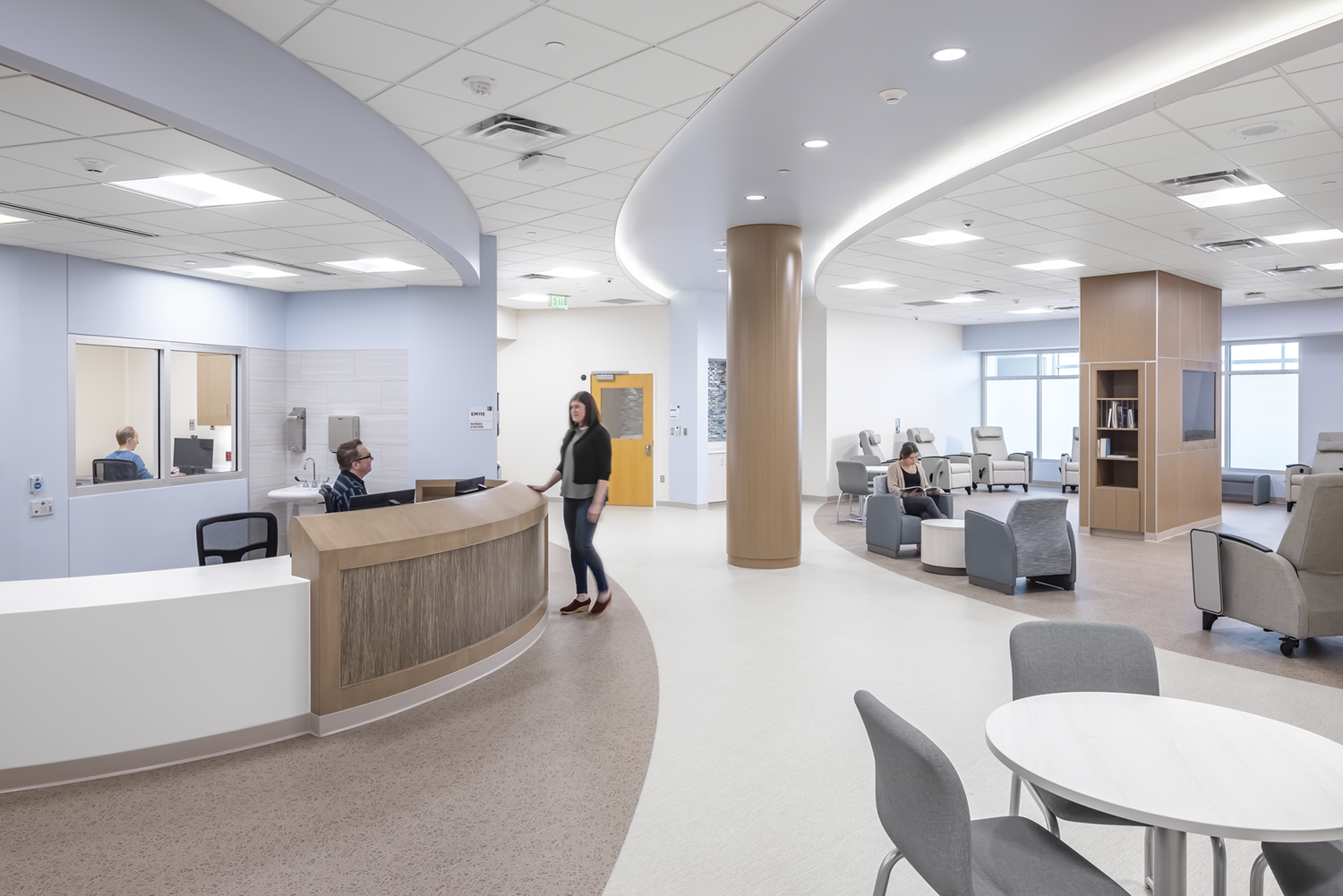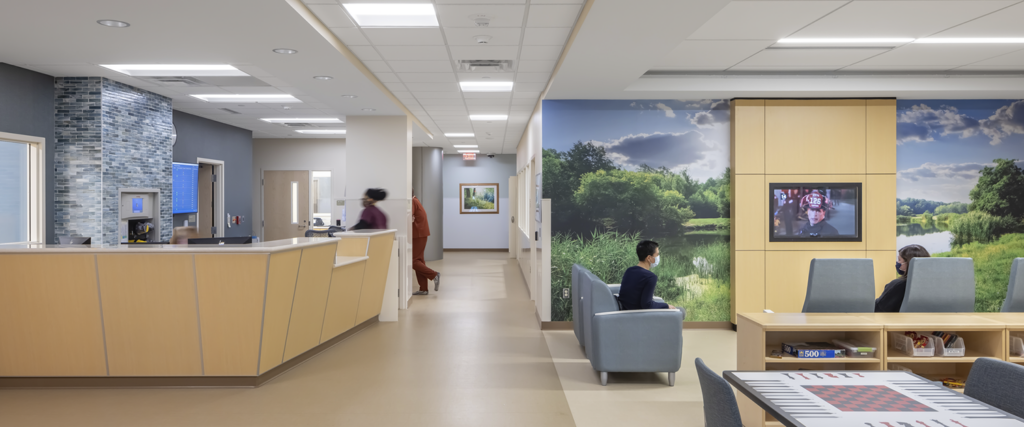Today, we’re so excited to recognize the achievements and talent of the recipients of BWBR’s second annual equity scholarships. Each award is designed to support equity in the built environment by providing a $1,000 prize to a student of architecture, interior design, or graphic design. Applicants submitted both a personal statement and a sample design project, and we were truly blown away by the caliber of submissions we received for year two.
We had the chance to sit down with our recipients for a conversation about their backgrounds, their winning projects, and their vision for the future of architecture and design. It was a fascinating conversation that gives us even more hope for the future of our industry. (Make sure to listen to the episode for the full conversation!)
But first, some context:
The Scholarship for Gender Equity in Design is awarded to a woman, gender nonconforming, or trans applicant, studying architecture, interior design or graphic design. This year’s Scholarship for Gender Equity in Design recipient is Saylee Bhogle, who is pursuing a Master of Science in Architecture at the Illinois Institute of Technology.
The Scholarship for Diversity and Inclusion in Design is offered to a BIPOC student in graphics interior design or architecture. This year’s Scholarship for Diversity and Inclusion in Design winner is Nicole Niava, who is pursuing a Master of Architecture at Yale University.
Now let’s hear Saylee and Nicole share in their own words how they came to develop an interest in design.
Here’s what Saylee had to say:
I have a passion for contributing positively towards the community just as much as I do for buildings. As architects, we create functional buildings for society to use based on varying needs and desires. Understanding our clients and the community is imperative and ultimately fuels my passion for this field. I strongly feel it’s a worthwhile career that can make a significant and visible impact on our surroundings, people, lives, and society as a whole, because the role is constantly evolving and changing. We spend most of our lives in buildings and through architecture you can influence the way people live their lives for the better.
And from Nicole:
I knew pretty early on that I wanted to do architecture. As a kid, I was always fascinated by the aesthetic of houses in my neighborhood. It was a time when the architecture in Abidjan, Cote d’Ivoire, where I’m from, was transitioning from French colonialism to post-modernist, and we started to see more contemporary style, a lot of minimalist design. I was always really attracted to that. So that’s why I started to look into a career in interior design and architecture. Through traveling in China, Europe, and here in the United States, I learned that architecture is so much more than aesthetic, and can really be a tool to shift and shape the trajectory of communities.
Saylee and Nicole have very different projects and approaches, but they share some important commonalities, namely a belief that design can and should be used to serve the community; influence social, environmental, and economic realities; and enhance quality of life.
Saylee says, “I believe that equitable architecture focuses on developing equitable and affordable housing, safe and secure neighborhoods, and hospitable public areas. I think that planning for equity also entails prioritizing people.” Her application centered on the idea of reconditioning Dharavi, an area of Mumbai that is frequently characterized as one of the world’s largest slums. Saylee envisions incremental development of Dharavi, addressing critical needs while acknowledging the humanity, economic potential, and social and cultural vibrancy that exists there today.
Nicole’s winning project takes place 7,800 miles away in Queens, New York and centers on biophilic diversity and the belief that “the built environment can transform one’s life trajectory.” Her project establishes sustainability standards by introducing timber as the primary building material for affordable housing development in Queens, New York.
Nicole believes “in architecture that begins with life: providing accessible housing to nurture families and their culture, creating healthy work environments and recreational spaces to be a magnet for opportunities for all, and shaping public spaces and streets to invite communities to flourish.” She writes that “as a black female designer, my approach goes beyond delivering beautiful and functional spaces and aims to respond to diverse communities and their holistic needs, emphasizing healing, wellness, and empowerment.” Ultimately, both winning projects are about leveraging design to humanize spaces and make them inclusive and supportive of the diverse populations that spend time there.
Our recipients are currently wrapping up their schooling, but as lifelong learners, we know they will not only continue to cultivate their expertise but will ultimately shape the industry — and we can’t wait to see what they achieve! (To hear the full podcast episode, click here.)




